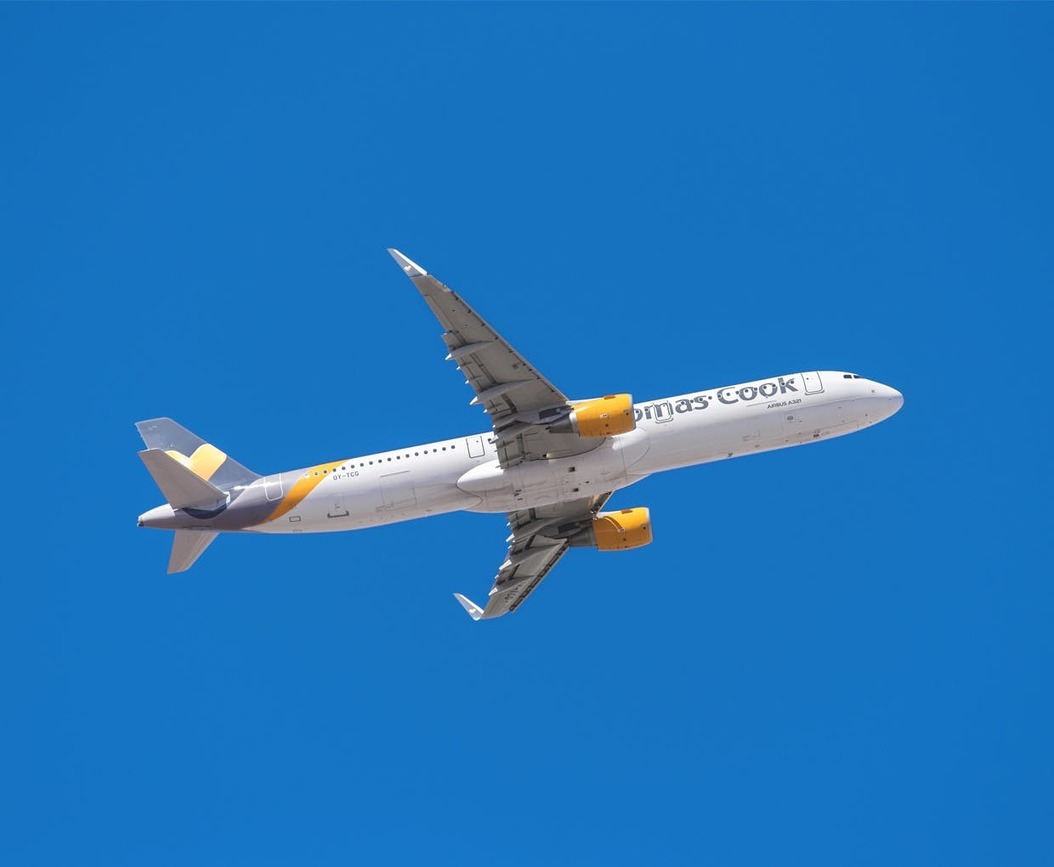Changing market conditions have led to significant losses and write-downs at Thomas Cook in the last year. The company has been shutting things down and selling assets with an apparently rapacious desire to offload. Most recently the company sought bids for its fleet of 105 jets.
It was this fire sale and the fact that much of Thomas Cook’s newest bank loan is secured against these planes that prompted auditor EY to issue a rare warning on Thursday. That warning prompted Citigroup analysts to then conclude that the company’s shares were essentially worthless a day later.
READ MORE: KFC’s marketers turned a chicken crisis into a brand triumph
That headline, reported first in the business press and then the popular titles, sparked a sudden surge in consumer concern. The company still sends 20 million people a year on holiday and many of these trips are the packaged kind that a family pays for well in advance – hence the panic that engulfed Thomas Cook over the weekend.
Committed customers awaiting their holiday took to social media to check that they would not lose their upcoming trip. But, once again, no matter how many times the company tries to sound calm and reassuring to customers on Twitter, it still feels suspiciously and increasingly like “we didn’t burn him”.
We’ve seen this kind of commodifying panic before, in which perceptions of decline become a self-fulfilling prophecy. The media starts covering a brand suggesting that it is over-priced, or in trouble, or no longer cool and consumers absorb the message and turn it into reality.
Maybe Thomas Cook was already in financial trouble, maybe not. But by the time the story reached the market last weekend the perception of trouble had become something far more concerning than the trouble itself.
This has to be the endgame for Thomas Cook – not because it is struggling to stay in business, but because it is perceived to be.
Sourced through Scoop.it from: www.marketingweek.com



Leave A Comment